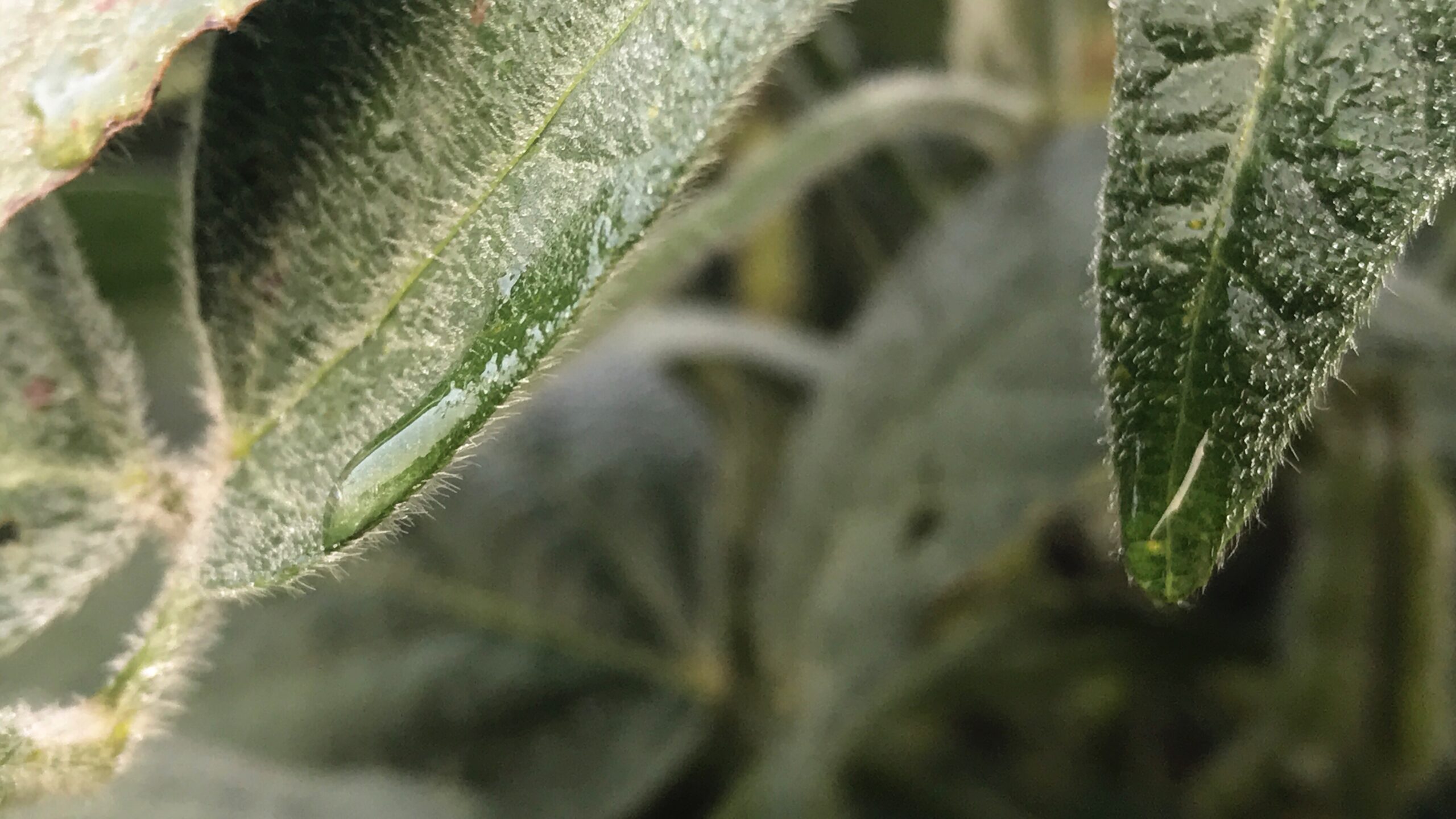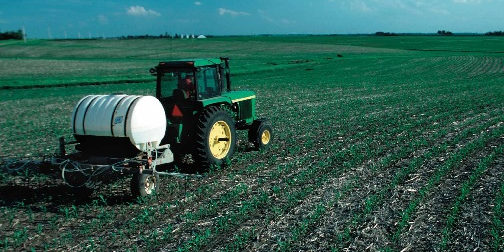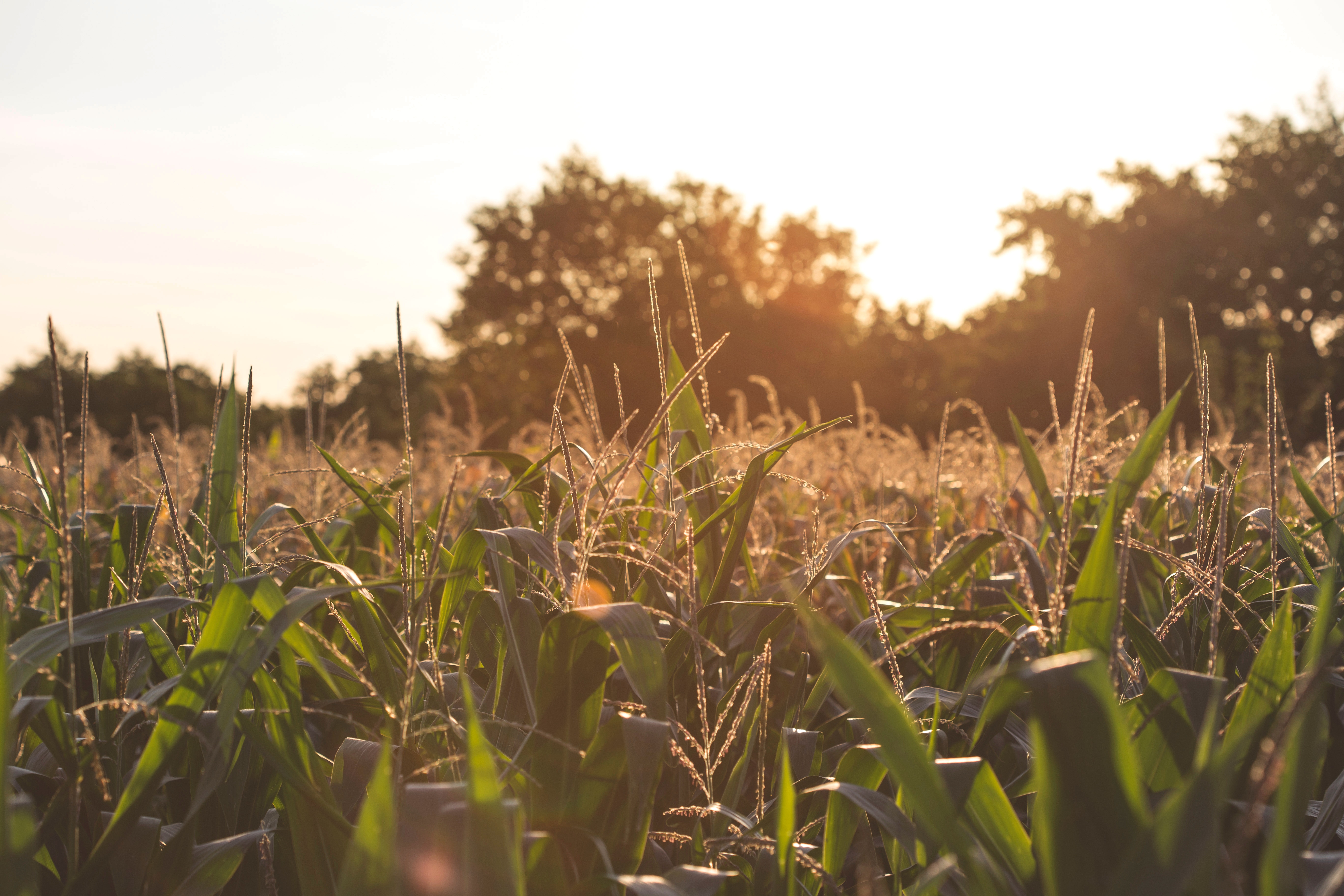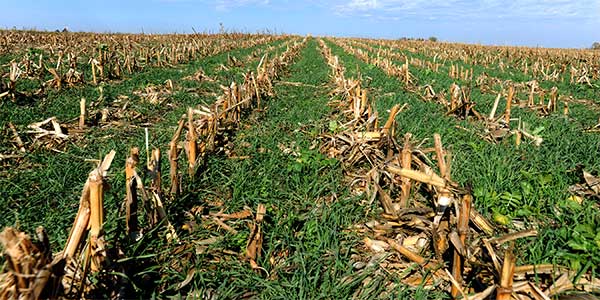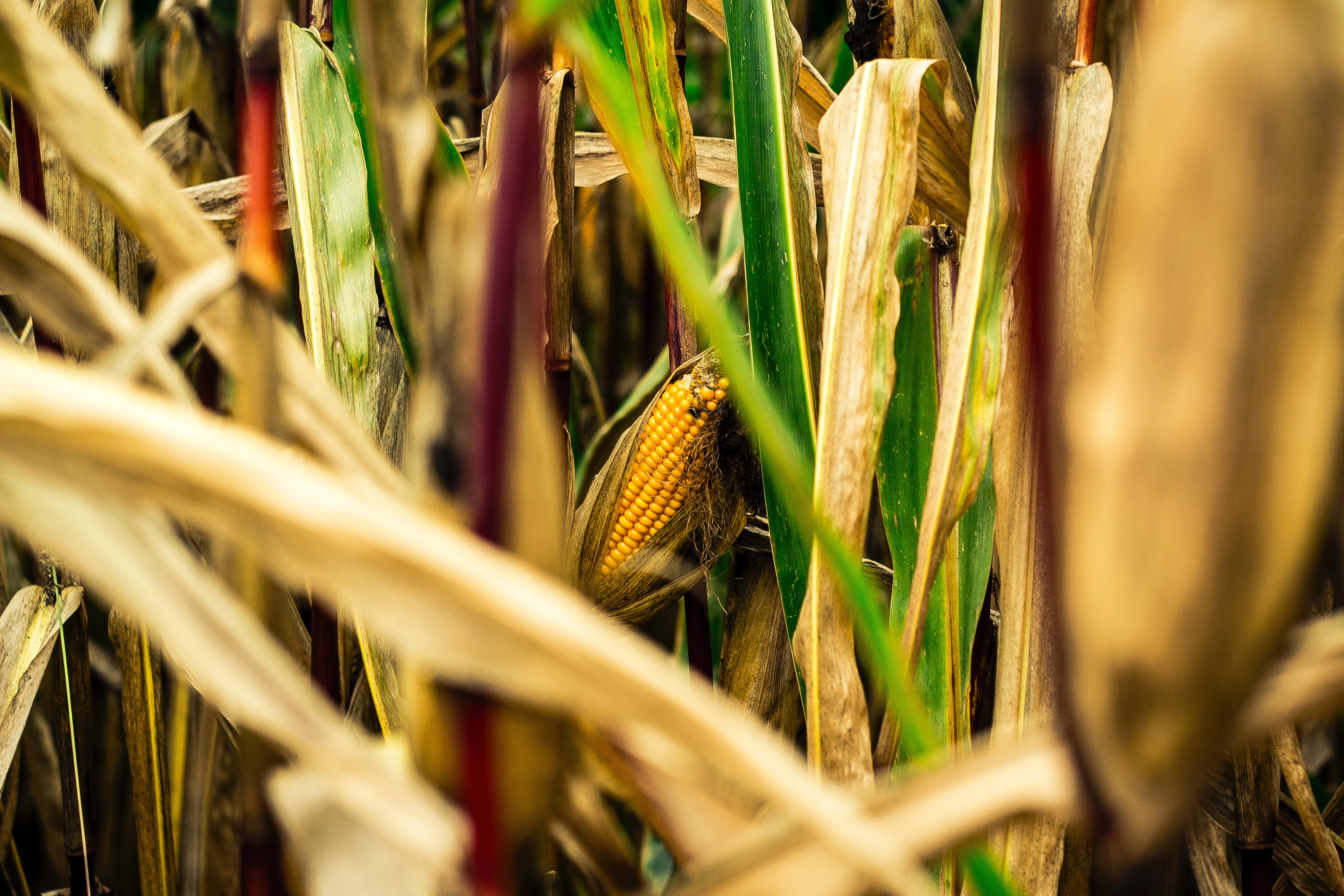How Margin Protection & Gap Coverages Can Protect You Against Rapid Market Loss
With the rapid decline in market price, producers may want to start thinking about taking advantage of higher crop guarantees for the 2024 crop year ahead of the traditional February trading period. Looking at additional coverages right now might pay off come springtime. MARGIN PROTECTION: Margin Protection is an area plan that covers gross profit
Helpful Policy Procedures You Should Know In A Bad Growing Season
Give yourself extra peace of mind by brushing up on these crop insurance policy rules and regulations that can affect your ability to collect insurance claims timely and without major hassles. File your paperwork timely – Deadline for acreage reports is 7/15. You should have already received a paper report in the mail to fill
Double Crop Soybean Initiative
The USDA’s Risk Management Agency (RMA) reminds agricultural producers that for the 2023 crop year there may be options for insuring double crop soybeans or grain sorghum and other crops in counties where the Following Another Crop (FAC) practice is not available. Producers intending to plant soybeans or grain sorghum after wheat and other fall
Transitional & Organic Grower Assistance
Agricultural producers who have crop insurance coverage on crops in transition to organic or a certified organic grain or feed crop are eligible for premium assistance from USDA. The Transitional and Organic Grower Assistance (TOGA) Program, offered by USDA’s Risk Management Agency (RMA), reduces the producer’s overall crop insurance premium bill and helps them continue
Is The New Post Application Coverage Endorsement (PACE) Right For You?
What Is It? The Post-Application Coverage Endorsement, known as PACE, is an endorsement that can be added to your underlying insurance policy which will provide you with additional coverage in the event you utilize post-application nitrogen practice and are prevented from post-applying nitrogen due to adverse weather conditions. PACE can be purchased for non-irrigated corn
What You Can Do When High Costs Limit Profitability
With no relief from unprecedented input prices anywhere in sight, many farmers are tightening their belts and increasing their efficiency on their farm, squeezing as much profit as they can out of the 2022 crop. What can we do with your crop insurance policy to maximize coverage and limit costs? Here are some things to
Covid-19 Pandemic Cover Crop Program
Agricultural producers who have coverage under most crop insurance policies are eligible for a premium benefit from USDA if they planted cover crops during the 2021 crop year. The Pandemic Cover Crop Program (PCCP), offered by USDA’s Risk Management Agency (RMA), reduces producers’ overall premium bills and helps them maintain their cover crop systems.PCCP is
Can Crop Insurance Affect FSA Programs?
There are a few times when the elections you make for crop insurance directly affect your program eligibility at FSA or vice versa. Conservation Compliance – If you carry a crop insurance policy, even if you do not certify you acres at FSA, you are required to have a conservation compliance form (Form AD-1026) on
Quality Loss Option (QL)
New in 2021, the Quality Loss Option (QL) is an endorsement that can be added to an individual crop insurance policy. It applies to any year that he suffered a quality loss, and it allows a farmer to replace his farm’s post-quality adjusted production with pre-quality adjusted production. Improving historical yields will allow you to
Enhanced Coverage Option (ECO)
New in 2021, the Enhanced Coverage Option (ECO) provides additional area-based coverage for a portion of the underlying crop insurance deductible. This is similar to the Supplemental Coverage Option (SCO). ECO works alongside a Revenue Protection (RP), Revenue Protection with Harvest Price Exclusion (RPHPE), Yield protection (YP), Actual Production History (APH) or Yield Based Dollar

